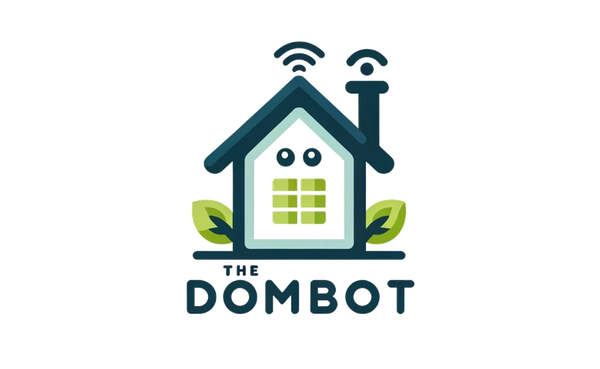Collection: Zigbee: The Smart Home Detective Solving Your Device Mysteries
The Case of the Missing Lightbulb: A Zigbee Detective Story
Hey there, smart home enthusiasts! Today, we're diving into the fascinating world of Zigbee, a protocol that's quietly powering your smart home devices. But before we get into the technical stuff, let's set the scene with a little story.
The Mystery Begins
Picture this: You're relaxing on the couch, enjoying a glass of wine (or maybe a cup of tea, no judgment here), when suddenly, your living room lightbulb goes out. You reach for the switch, but nothing. You check the power outlet, but everything seems fine. You're starting to panic. Is it a ghost? A rogue squirrel? Or, gasp, a malfunctioning smart home device?
This is where our trusty detective, Zigbee, comes in.
Enter Zigbee: The Smart Home Sleuth
Zigbee is a wireless communication protocol designed specifically for low-power, mesh networking. Think of it as a secret network of whispers connecting your smart devices, allowing them to talk to each other without needing a constant internet connection.
Zigbee's Secret Weapon: Mesh Networking
Zigbee's mesh network is like a chain of whispers, where each device acts as a relay, passing information along to the next. This means that even if one device drops out, the network can still function. It's like having a backup plan for your backup plan, which is pretty darn smart if you ask me.
- Example: Imagine your lightbulb is connected to a smart hub, but the hub is a little far away. Zigbee allows other devices in the network, like your smart speaker or thermostat, to act as relays, ensuring a strong connection to the hub.
Zigbee's Low-Power Advantage
Zigbee is designed to be energy-efficient, which is perfect for battery-powered devices like sensors and motion detectors. It's like a marathon runner, conserving energy for the long haul.
- Example: Your motion sensor can detect movement and trigger your smart lights, all while sipping on a tiny bit of battery power.
Solving the Mystery
Back to our missing lightbulb. With Zigbee's help, we can start our investigation. We can use a Zigbee network analyzer to see if the lightbulb is even communicating with the network. If it's not, we can check the power supply or try resetting the device.
But if the lightbulb is communicating, then the problem might lie elsewhere. Maybe the hub is having a moment, or there's a glitch in the network.
Zigbee: More Than Just a Detective
Zigbee isn't just a problem solver; it's also a powerful tool for creating a truly connected smart home.
Zigbee Applications:
- Smart Lighting: Control your lights from anywhere, set schedules, and even create custom lighting scenes.
- Home Security: Use Zigbee sensors to detect motion, open doors, and even monitor your home's temperature.
- Smart Appliances: Control your appliances remotely, set timers, and even monitor their energy consumption.
- Home Automation: Create custom routines that automate tasks like turning on the lights when you arrive home or locking the doors when you leave.
The Verdict: Zigbee is a Smart Choice
So, the next time your smart home device acts up, remember Zigbee. It's the unsung hero of the smart home, quietly working behind the scenes to keep everything connected and running smoothly.
And who knows, maybe you'll even discover a new use for Zigbee along the way!
Want to learn more about Zigbee? Check out these resources:
